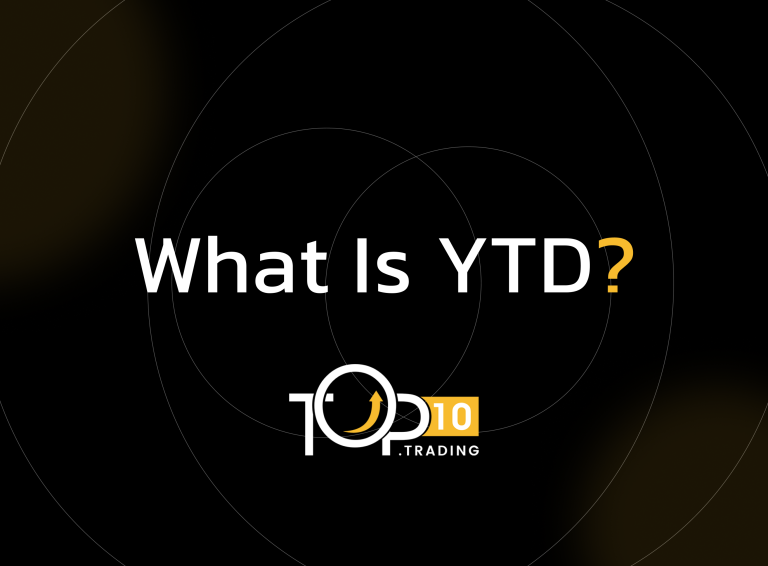What Is YTD (Year-to-Date)?

YTD (Year-to-Date) refers to the period beginning from the start of the current calendar year up to the present date. It’s commonly used in financial reporting and performance analysis to assess progress, returns, or trends within a defined annual time frame.
Key Takeaways
- YTD stands for "Year-to-Date" and measures performance from January 1 to the current date.
- It is widely used in financial reports, investment analysis, and budgeting.
- YTD figures help track how well an asset, company, or portfolio is performing within the year.
- Both positive and negative YTD results provide context for decision-making and trend analysis.
- It's a standard benchmark for comparing year-over-year (YoY) performance.
How YTD Works
YTD calculations include all data from January 1 to the current date. For example, if it’s April 22, the YTD period covers January 1 through April 22. It’s applicable to various metrics such as:
- Stock performance (e.g., YTD return on a stock is +8%)
- Company revenue or expenses
- Index tracking (e.g., S&P 500 is up 6% YTD)
- Personal budgeting or savings progress
YTD values are essential for analyzing current-year performance and making timely decisions.
Examples of YTD Usage
- A stock rose from $100 on Jan 1 to $112 by April 22 — a YTD return of 12%.
- A company's YTD revenue is $2.5 million, compared to $2.1 million during the same period last year.
- An investor reviews the YTD performance of mutual funds to evaluate portfolio rebalancing.
Benefits of YTD
- Snapshot of Progress: Offers a real-time view of annual performance.
- Performance Comparison: Easy to compare with prior years or different assets.
- Useful in Reports: Common in financial statements and market updates.
- Quick Insights: Helps investors and managers gauge short-term momentum.
Costs and Limitations
- Short-Term Focus: Doesn't account for long-term trends or full-year context.
- Not Always Accurate for Forecasting: Early-year performance may not reflect year-end results.
- Seasonality Impact: Certain industries show cyclical YTD performance that may mislead without context.
- Lacks Depth Alone: Should be used with other metrics for complete analysis.
Who Uses YTD?
- Traders and Investors: To monitor stock and portfolio performance during the year.
- Financial Analysts: In quarterly and annual reporting for businesses and funds.
- Corporate Managers: To track revenue, profits, or budget adherence.
- Media Outlets: To summarize economic and market conditions.
